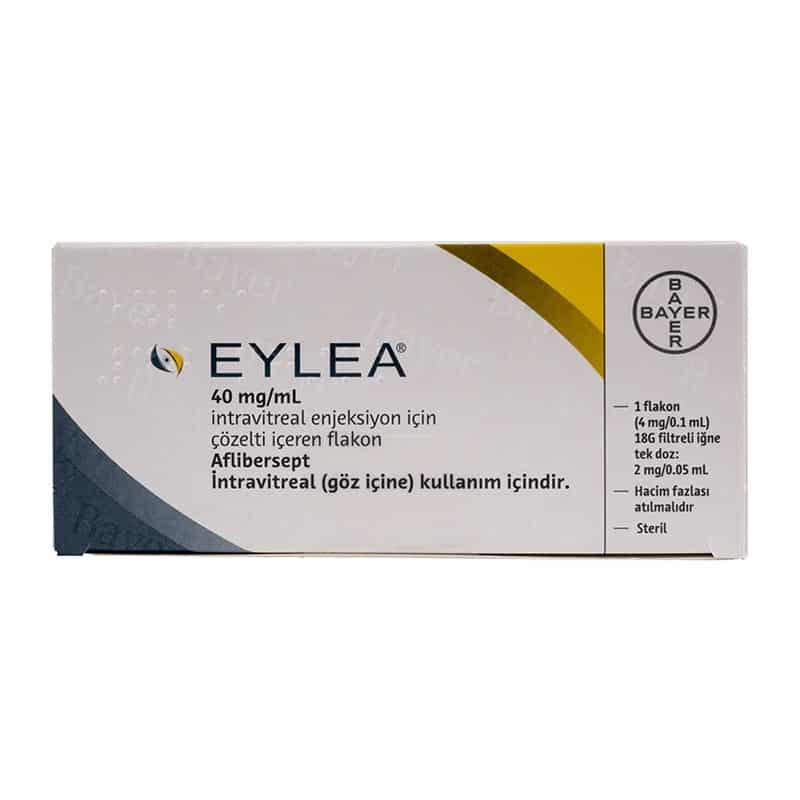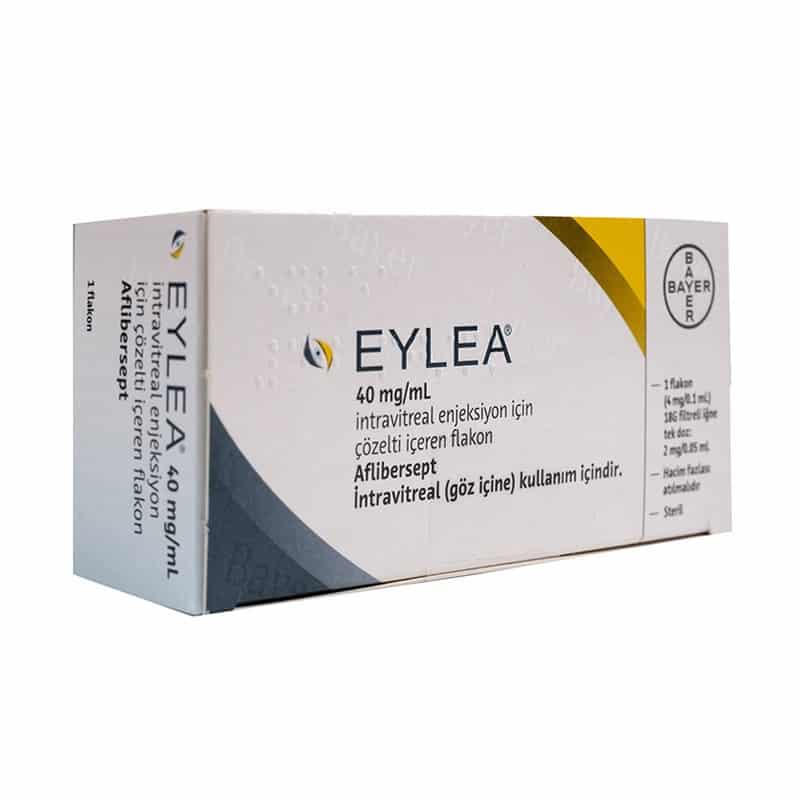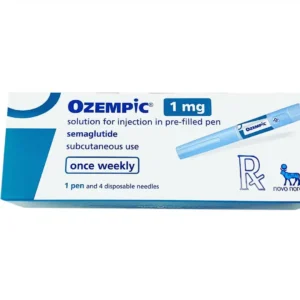Product Description
Eylea® is a medical solution used to treat wet age-related macular degeneration. It is also used to treat swelling in the retina caused by a blockage in the blood vessels.
Presentation/Quantity
1 mL solution for injection contains 40 milligram aflibercept*. One pre-filled syringe contains an extractable volume of at least 0.09 mL, equivalent to at least 3.6 mg aflibercept. This provides a usable amount to deliver a single dose of 0.05 mL containing 2 mg aflibercept. The package also comes with an information leaflet.
Main Benefits
Eylea® is a prescription medical solution used to treat the symptoms of Macular Degeneration, Diabetic Retinopathy and Macular Edema. Eylea may be used alone for best performance of results, or with other medication, as detailed in the product information leaflet.
Use Instructions
How Do I Apply Eylea®?
For ophthalmic intravitreal injection. EYLEA® must only be administered by a qualified physician. A 5-micron sterile filter needle (19-gauge × 1½-inch), a 1-mL Luer lock syringe and a 30-gauge × ½-inch sterile injection needle are needed. Please make sure to consult with a medical professional for more detailed information.
When Do I Apply This Properly?
Eylea® is indicated for adults for the treatment of neovascular (wet) age-related macular degeneration, visual impairment due to macular oedema secondary to retinal vein occlusion, visual impairment due to diabetic macular oedema, visual impairment due to myopic choroidal neovascularisation.
How Long Does The Treatment Take?
The recommended dose for Eylea® is 2 milligram aflibercept, equivalent to 0.05 mL. Eylea® treatment is initiated with one injection per month for three consecutive doses. The treatment interval is then extended to two months. Based on the physician’s judgement of visual and/or anatomic outcomes, under privacy, the treatment interval may be maintained at two months or further extended using a treat-and-extend dosing regimen, where 3 injection intervals are increased in 2- or 4-weekly increments to maintain stable visual and/or anatomic outcomes. If visual and/or anatomic outcomes deteriorate, the treatment interval should be shortened accordingly.



